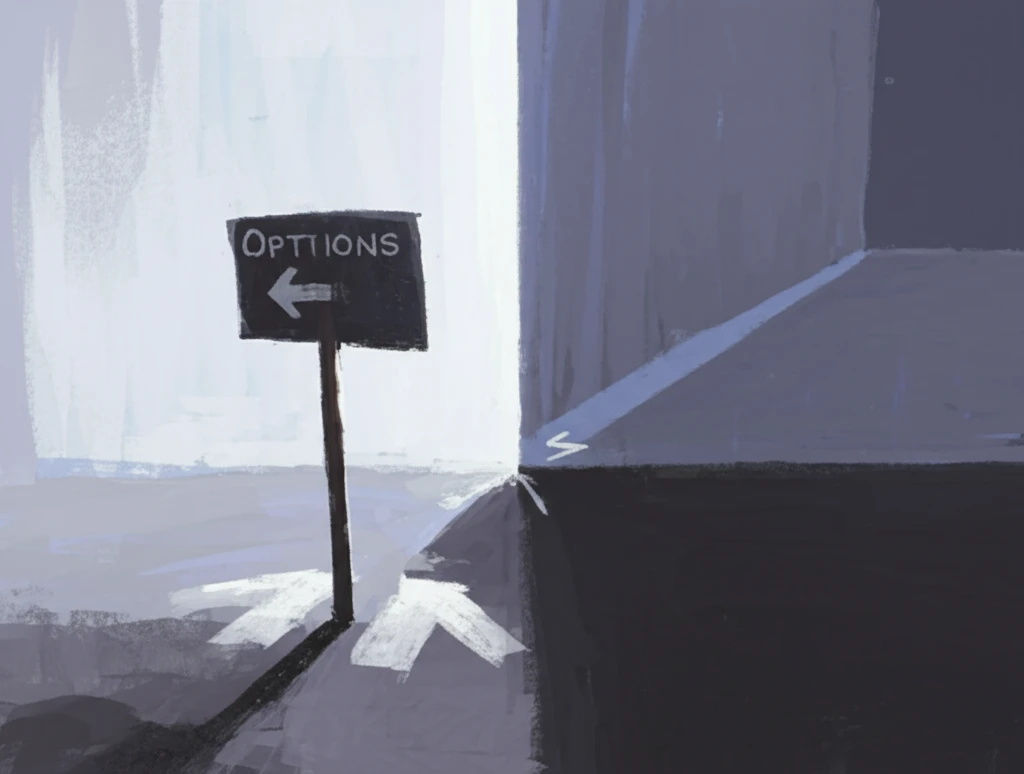
Decoding Decision-Making: How Unseen Choices Shape Our Preferences
"Unlock the Hidden Influences Behind Your Choices: Navigating Preferences, Menus, and the Science of Decision Rules."
We all make countless choices every day, from the mundane to the life-altering. But what if the options we don't see are just as influential as the ones we do? Imagine trying to understand someone's favorite dish without knowing the full menu they considered. It turns out, this is a common challenge in understanding human behavior.
Traditional approaches to studying choice often assume we know the 'menu' of options available to a person – the full range of possibilities they could select. However, this is rarely the case in real life. We often operate with incomplete information, and researchers are increasingly recognizing the importance of accounting for these hidden factors.
New research is shedding light on how we can better understand decision-making when we don't have a complete picture of the available choices. This article dives into these innovative methods, revealing how they help us decode the complex interplay of preferences, unseen options, and the decision rules that guide our lives. Whether you're a student of psychology, a marketing professional, or simply curious about the human mind, this exploration will provide valuable insights into the science of choice.
The Challenge of Unseen Menus: Why Traditional Choice Models Fall Short

For decades, economists and psychologists have used choice models to predict and explain why people choose certain things. These models typically assume that we can observe the 'menu' – the complete set of options someone faces. However, this assumption often breaks down in the real world.
- A consumer choosing a brand of coffee at the grocery store. We only see the brand they bought, not all the other brands they could have considered but didn't even notice.
- A student selecting a college to attend. We see their final choice, but not all the other universities they researched and rejected, or never even knew existed.
- An investor picking a stock. We see the stock they invested in, but not all the other potential investments they explored or ignored.
The Future of Choice: Towards More Realistic Models
The research discussed in this article represents a significant step forward in our understanding of decision-making. By acknowledging the limitations of traditional models and developing new methods to account for unseen choices, researchers are creating more realistic and powerful tools for analyzing human behavior. This has implications for a wide range of fields, from marketing and economics to public policy and education, helping us design better systems and interventions that empower people to make more informed and satisfying choices.
